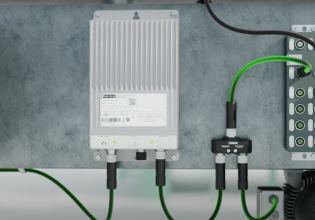D
Hi,
I'm in a bit over my head here. Could someone explain how an iPad application would be able to communicate with a PLC (specifically an AB PLC like Micrologix) over wireless ethernet?
If I was explaining it to someone who develops iPad applications, how can I explain how to read and write data to/from a PLC?
Sincerely,
Programming Newbie
I'm in a bit over my head here. Could someone explain how an iPad application would be able to communicate with a PLC (specifically an AB PLC like Micrologix) over wireless ethernet?
If I was explaining it to someone who develops iPad applications, how can I explain how to read and write data to/from a PLC?
Sincerely,
Programming Newbie






